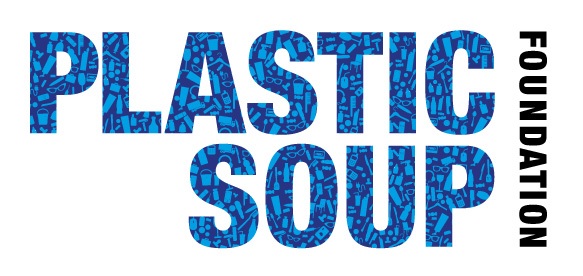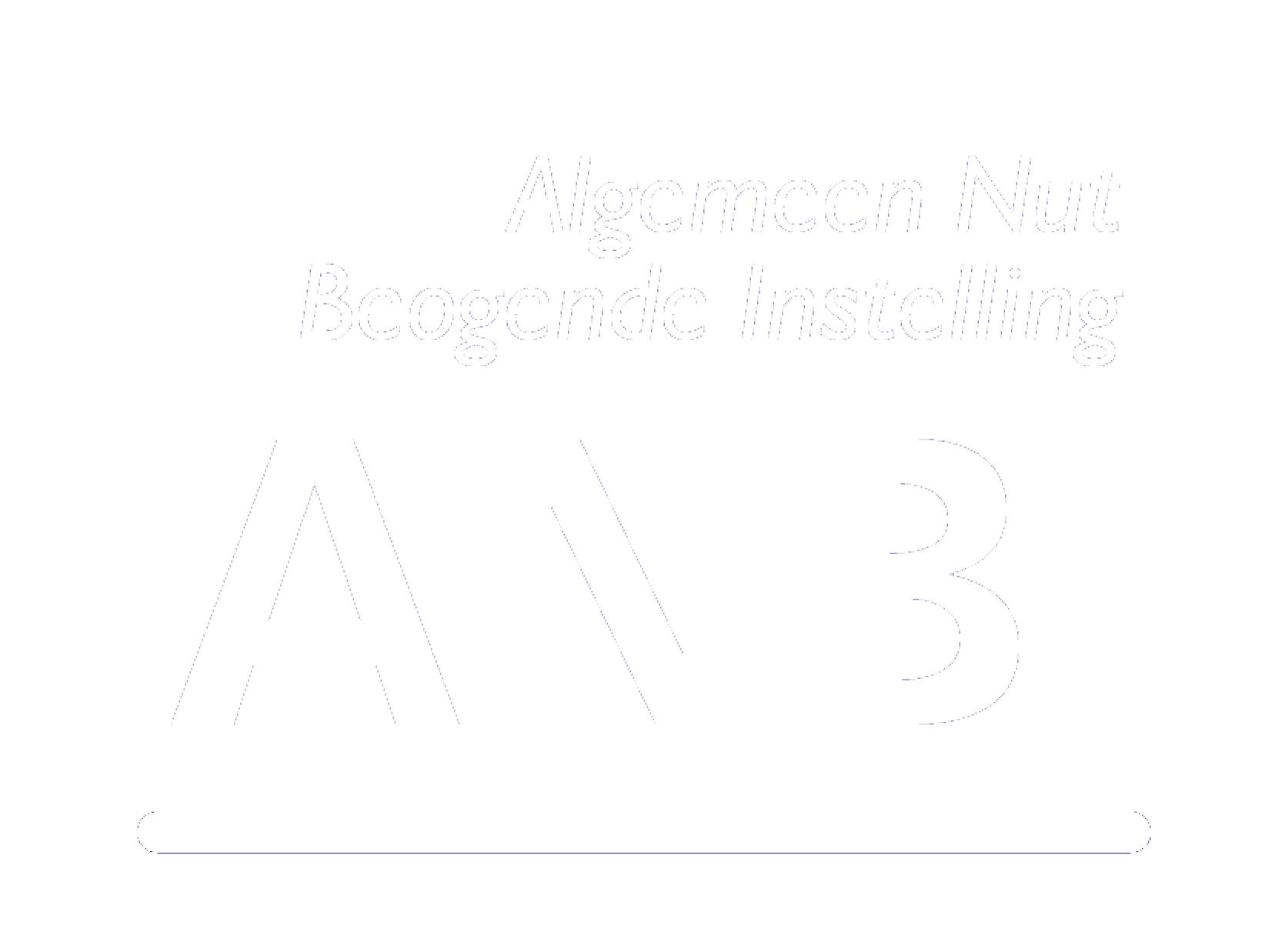17 Mei 2023
There will be a European ban on intentionally added microplastics. Member states have welcomed a proposal to this effect from REACH. The fact that microplastics pose a risk to the environment is now well established. The proposal mainly concerns microplastics in personal care products. The proposal is now before the European Parliament and the European Council for approval, but still allows companies far too much leeway.
Plastic Soup Foundation, with its Beat the Microbead campaign, was the first NGO to put the problem of intentionally added microplastics on the map. We call on the European Parliament and the Council of Europe to tighten the proposed regulations.
MICROPLASTICS IN COSMETICS, A DESIGN FLAW
Plastic Soup Foundation had only just been established in 2011 when we discovered something that we could simply not believe. There were microplastics in personal care products, as an ingredient. We soon found out that they were different types of plastics, which performed different functions. For instance, an exfoliant works best with granules of plastic, or there is plastic glitter in your lipstick.
How on earth was it possible for manufacturers to use microplastics in their products? They knew, of course, that these wash away after use and eventually end up in the environment via the sewage system. The answer was just as shocking. There was no law banning it, adding plastic to cosmetics ‘simply’ complied with the rules. Cheap microplastics displaced alternatives of natural origin (think salt crystals for exfoliating) off the market.
BEAT THE MICROBEAD CAMPAIGN
At the time, the industry frequently used the word microbead for the plastic exfoliating particles. A name for the campaign was quickly found: Beat the Microbead. The campaign began with a video featuring Charles Moore, the American researcher and sea captain who was the first to write about the ‘plastic soup’. Alongside this more playful action, we forged a coalition with about one hundred NGOs from around the world. The main demand was a ban on all intentionally added microplastics in products. Soon we had developed an app that allowed consumers to scan labels of personal care products and instantly see if those products contained microplastics. We also launched a special website.
UNILEVER EMBRACED, BUT NOT COMPLETELY
The broader the coalition, the harder it became for multinational companies to pretend nothing was wrong. After a ‘twitter bombardment’ of Unilever in 2012, the company was the first to announce it would no longer use plastic microbeads. But there was a catch there. Many other microplastics were used besides the scrub particles. The companies cleverly exploited the word “microbead”, while other microplastics were not removed from the products.
PARLIAMENTARY QUESTIONS BY WOMEN MPs
At the time, there were three women in the House of Representatives who, together, made a difference. In motions and parliamentary questions, Manon Fokke (PvdA), Agnes Mulder (CDA) and Carla Dik-Faber (ChristenUnie) queried microplastics and asked the government to take action. “You wouldn’t let your children brush their teeth or wash their hair with plastic, would you?” And it helped. In 2014, the Dutch government, along with several other countries, declared itself in favour of a European ban.
DEFINITION ISSUES
According to the industry, a full ban was not at all necessary. In fact, hadn’t they promised to remove all microbeads from their products? Thus, the public and politicians were misled. Of course, the ban involved all microplastics. In 2016, the European Commission announced that it was going to adopt policies on microplastics and had the topic mapped out. Eventually, two committees in REACH (RAC and SEAC) delivered their opinions. This culminated in a proposal that has now been submitted to the European Parliament and the Council of Europe.
Throughout this process, the question was what exactly should be covered by the ban. What actually constitutes a microplastic? Does it have a lower limit, to also include non-measurable particles? What about water-soluable particles, which are not a solid substance, are they included?
DATA FILE BEAT THE MICROBEAD
The scanning of labels with the app quickly provided a lot of data. In 2022, we published our report Plastic: The Hidden Beauty Ingredient and ran the ‘Dare to Care’ campaign. Of the more than seven thousand products investigated, 87% were found to contain microplastics. This includes all synthetic polymers, either added in solid, liquid, semi-liquid or water-soluble form.
MICROPLASTICS AND HEALTH
In recent years, the campaign has taken on another dimension. Microplastics not only pollute the environment but are also a health threat. Indeed, the particles invade the human body. More and more disturbing studies on (possible) harmful effects are appearing. Plastic Soup Foundation organised several scientific summits, which provided a stage for the researchers to present the results of their research and make them known worldwide. A recent CIEL publication, aptly called Breathing Plastic, clearly sets out the health effects of microplastics in the air.
IS EUROPEAN LAW A PYRRHIC VICTORY?
After many years, a European law regulating the use of intentionally added microplastics is forthcoming. In the United States, such a law has been in place since 2015, albeit with a very limited effect. The impending European law has two major limitations; 1) many synthetic polymers, such as liquid, soluble and biodegradable polymers are not covered by the regulations, and 2) industry gets long transition periods to adapt their products. Only after six years from now, will there be mandatory labelling on products that still contain microplastics. Apart from listing the ingredients, labels will also have to state ‘contains microplastics’.
OPT FOR ZERO PLASTICS INSIDE
A growing number of companies showing that plastic-free cosmetics and personal care products have long been possible. These companies carry the “Zero Plastics Inside” certificate introduced by Plastic Soup Foundation. The condition for obtaining the certificate, is the declaration that none of their products contain microplastics. None of the big multinational companies, such as Unilever, L’Oréal or Procter & Gamble, has ever wanted to declare this.
You might also be interested in:
Mixed feelings about draft microplastic proposal
Beat the Microbead campaign calls for ban in REACH on microplastics
Almost 9 in 10 products from major cosmetics brands contain microplastics





